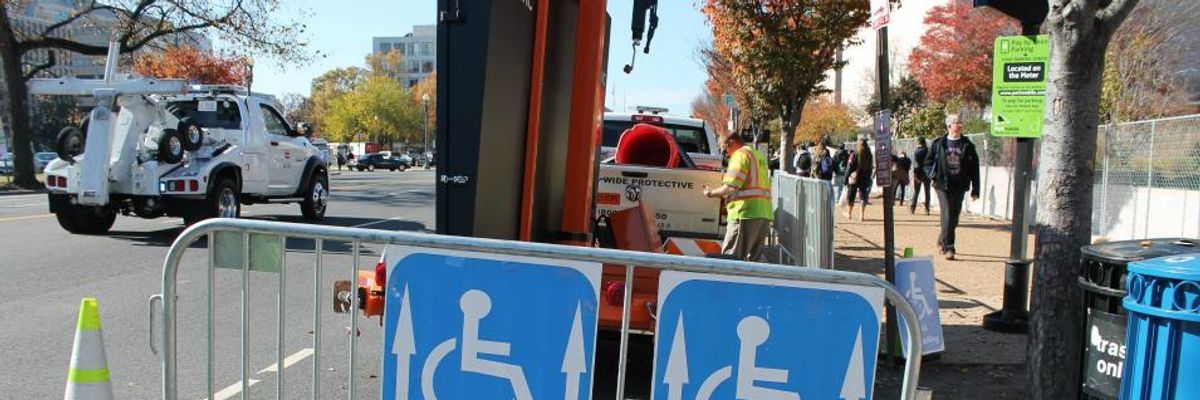It's heartening to see the many ways in which the Americans with Disabilities Act, signed into law at a White House ceremony on July 26, 1990, has positively transformed our culture and changed society's expectations of people with disabilities.
When it comes to the right of disabled people to live freely with others in communities, exclusion and segregation are still the cultural default position.
To me, the most obvious example of this is public transportation. Thirty years ago, when the ADA was enacted, there wasn't a single wheelchair-accessible public transit bus in Chicago where I live. Today, the entire fleet is wheelchair-accessible because that's what the ADA mandates.
Today, inclusion has become the cultural default position. That's an enormous change. Everyone expects public transportation to be accessible for disabled people, and it is considered surprising if it's not.
On the other hand, it's disheartening to see the ways in which the ADA has not succeeded in positively transforming our culture and changing society's expectations of people with disabilities.
The most glaring and infuriating example is the continued routine institutionalization of disabled people.
I use a motorized wheelchair and need help doing the mundane but essential stuff that everyone does every day, like getting dressed and out of bed, and preparing meals. I am able to live in a condo with my wife because I have a crew of people who assist me in doing these things under my direction. Their wages are paid through a state home and community-based services (HCBS) program funded mostly by Medicaid.
This shouldn't be a unique situation. In the 1999 U.S. Supreme Court case of Olmstead v. L.C and E.W., the plaintiffs were two women indefinitely confined to a Georgia state mental hospital. They wanted out, but the state government would not give them access to HCBS programs that would support them living outside of an institution.
The Supreme Court ruled that this sort of "unjustified isolation" violates the ADA. In the majority opinion, Justice Ruth Bader Ginsburg wrote that this segregation "perpetuates unwarranted assumptions that persons so isolated are incapable or unworthy of participating in community life."
But 21 years later, hundreds of thousands of disabled people languish on long waiting lists to receive HCBS, leaving them few choices other than to indefinitely live in nursing homes, state institutions, and other large, oppressive congregate settings.
It's no wonder that the Covid-19 pandemic has been particularly deadly for people trapped in these congregate settings, where they don't control who enters their environment.
In June, the American Civil Liberties Union, the Service Employees International Union, and several disability rights organizations petitioned the U.S Department of Health and Human Services, demanding that the agency take action. The petition noted that 29% of those who have died from Covid-19 have been nursing home residents, even though only 1% of the U.S. population lives in nursing homes.
"If Covid-19 has done nothing else," the petition says, "it has demonstrated the danger of congregate settings, and the deadly consequences of our ongoing unwarranted assumptions that people with disabilities are unworthy of our resources and attention."
The petition calls on the federal government to immediately provide incentives to states to expand HCBS programs, with the goal of reducing the population of nursing homes and congregate settings by 50%.
When it comes to the right of disabled people to live freely with others in communities, exclusion and segregation are still the cultural default position. People who are as disabled as I am are expected to live in institutions, and it's surprising when we do not.
On future anniversaries of the signing of the ADA, I'll measure the true progress that has been made by how much that has changed.

